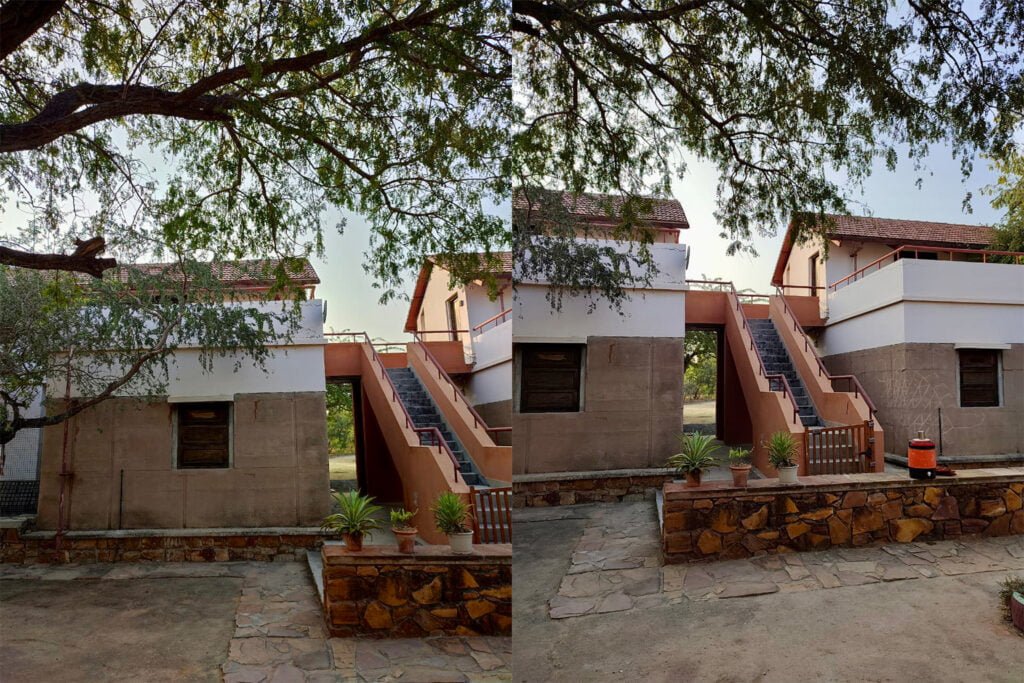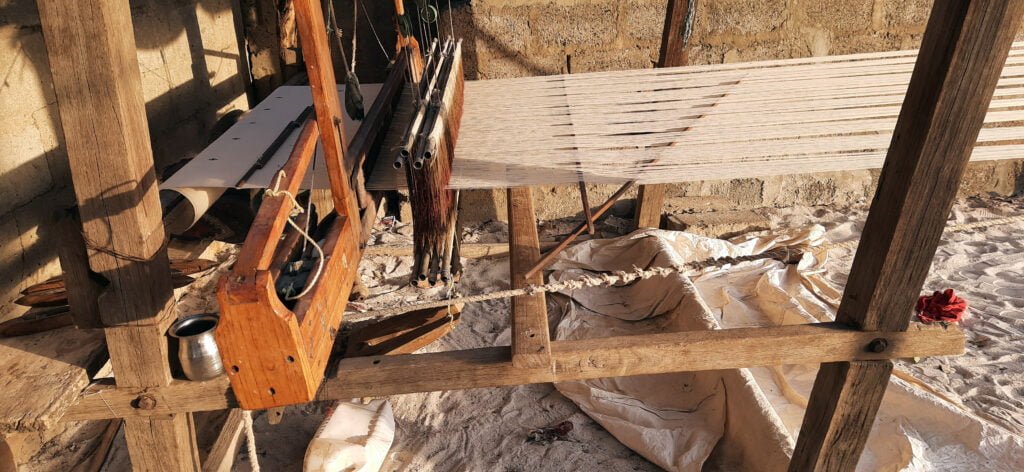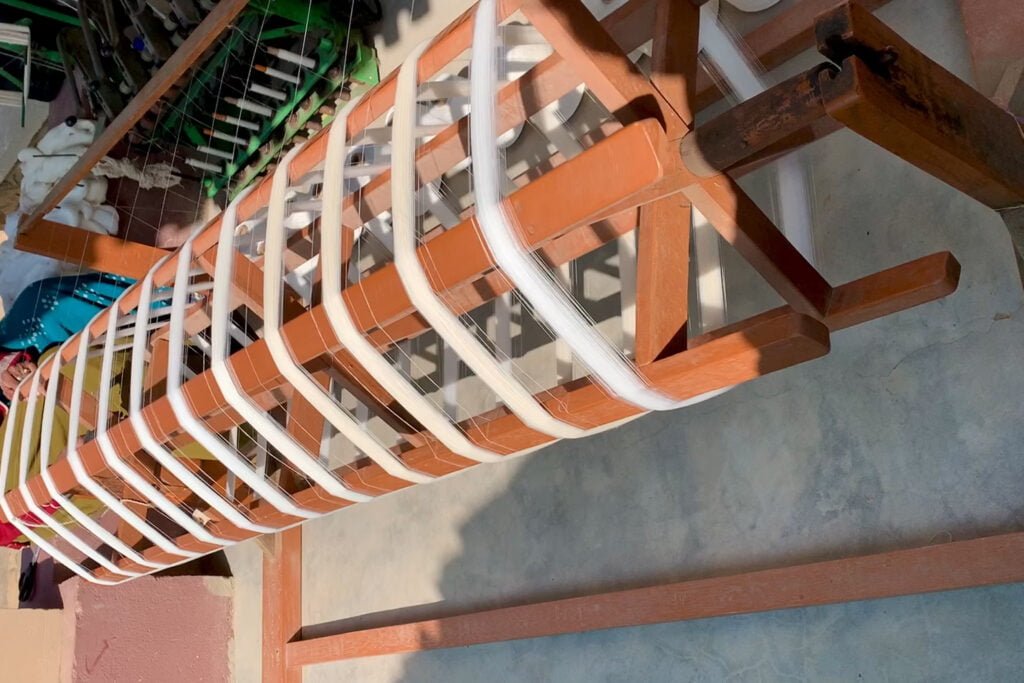
It is unique and charming to see how the old-world cotton – ‘Kala Cotton’ has started gathering all the centre stage in the recent past and is becoming a priority fabric choice amongst fashion and lifestyle product curators and brands. The extent of this can be witnessed with the mass exodus exhibited by established brands and the new labels in their brand messaging and raw material sourcing, on the back of this old-world cotton. With all the uptick in demand and current adoption, the journey of Kala cotton thus far hasn’t been smooth sailing. Let us immerse into some of the fine threads this old-world cotton is rooted with.

What is Kala Cotton
Kala cotton history dates to the beginning of human civilization. It was a crop that earlier got discarded, as opposed to American cotton on grounds of short-staple length and difficulty of crop picking at the time of harvest, due to smaller boll size. However, with a significant rise in the global climate change agendas and push towards sustainability, the properties of the Kala cotton crop became its boon. The word Kala in Kala Cotton sometimes could be misleading to resonate with black, but it refers to the empty boll after the extraction of the cotton fibre. The coarse fibre texture and short-staple length make it more prominent for getting hand spun and handwoven into yarn and fabric eventually.
“The Kala Cotton Movement by Khamir and Satvik!”
After the 2001 earthquake, that devastated Bhuj, Khamir, an NGO was institutionalized in Kukma village in the year 2005, with an imperative to revive the economic activity pivoted around the traditional handicrafts, and localized cultural expertise that was offered by the area. In their quest to experiment with traditional cotton production as a centrepiece of an economic revival, Khamir partnered with Satvik (an association of organic farmers in Kutch) to roll out a Kala cotton initiative in 2007. Given the short-staple length of the cotton, it was difficult to weave, however with all requisite consultation with experts, research and fine-tuning around loom set-up, and weaving techniques they were able to drive the production in 2010. From here, they went to set up an integrated value chain of farmers to weavers thereby ensuring sustainable support to indigenous cotton farming and generating livelihoods for the communities involved.

The Vankar Community – The native inhabitants of Bhujodi, takes farming and weaving as the primary source of livelihood. The abilities with which the community bounced back after the 2001 earthquake and transformed the way weaving art was adopted and diffused domestically and internationally have won several awards to them. Shamji Vishram Valji, who adopted the Kala cotton weaving and now leads the Vankal Vishram Valji weaving operations (named after his father) has coined a niche and recognition of the UNESCO seal of excellence for them. The community also specializes in the weaving of silk, khadi and linen in addition to cotton.
“What makes Kala Cotton so much differentiated from other cotton variants and fibre crop species?”

Purity
Kala Cotton is the genetically purest form of cotton juxtaposed to the other variants such as genetically modified Bt cotton. While varieties could be developed through pedigree and back cross-breeding methods, any sort of engineering modification is avoided in Kala cotton.
Eco-friendly
Kala Cotton crop is the most eco-friendly crop ever. This indigenous species of cotton is grown in the Kutch region of Gujarat in India and is known for its pure organic properties, wherein no chemicals or fertilizers are used during cultivation. With no use of fertilizers or pesticides, it also ensures that soil health is kept intact, making it the most ecologically balanced category crop.

Energy and Water Efficient
The crop doesn’t require significant irrigational facilities and remains purely rain-fed. This removes the need for any agricultural interventions around the consumption of electricity or transportation, thereby making it the most carbon-neutral cash crop aside from just being energy efficient.
Resilience and Tenacity
Given the crop can quickly grow in hard weather and land conditions of drought or arid weather, the yield also exhibits a similar strength with respect to the final fabric qualities. While the cotton is coarser in texture, the overall strength is high when compared with other variants.
Inherent Attributes for Natural Dyeing
Kala cotton has an intrinsic appeal that amplifies with natural dyes when applied to it. The effects of indigo dye have been constantly experimented with, by many designers leading to alluring and rich results. In recent times the culmination of various art forms, such as Ajrakh and Shibori on Kala cotton fabric has also exhibited aesthetically appealing and applauding results.
Eternal Synergies with being Handmade
The process of making fabric from raw cotton is time-consuming and requires a high degree of effort. The entire process, right from crop picking to fabric weaving is handmade when it comes to Kala cotton. Given the small boll size of the crop, it needs manual harvesting followed by ginning to spinning in the Amber Charkha to make yarns. What follows this, is weaving done by hands over a pit loom (locally referred to as Maggam) and a fly shuttle is used for the process to ensure reduced yarn breakages and knots. The use of a pit loom complements the coarser texture of Kala cotton to produce textured fabric rolls. The handmade fabric from Kala cotton throws a raw appeal due to its coarse texture and feel premium and pure.
While the whole process to make fabric from Kala cotton is manual, it helps various artisans and weavers’ communities to earn their livelihood from this.

Kala Cotton and the Conscious Consumers of Fashion
When the world is moving and talking about things to be done in the blink of any eye, startups talking about food deliveries to be made in seconds, a fabric that is slowly made and has a sense of purpose, is given its due place in both minds and heart of today’s digitally surrounded, highly fragmented mind space but a conscious consumer.
Whether it is women’s clothing or men’s fashion, sustainable and natural have become necessary attributes for purchase considerations. Conscious adoption of Kala cotton by celebrated designers in their premium collections showcased in domestic as well as international shows has enabled a larger diffusion and awareness to a wider audience. Women have acknowledged the richness of Kala cotton dyed in natural Indigo over cotton fabric variants with regard to the aesthetic appeal and distinction it brings.
At such a cusp, when consumers are looking forward to more fashion products and accessories that are handmade, handwoven, and natural, along with the fashion industry’s responsibility towards reducing environmental impact, indigenous cotton taking a centre stage is a definite moment of pride.
At Earthpiece, we make Men’s Fashion with Kala Cotton fabric, responsibly sourced directly from the weavers of Kutch. The categories and designs we make are chosen thoughtfully to augment the finish of the final product with that of fabric. We believe to see an impact coming in with the use of sustainable and natural fabrics which are green and yet fashionable for your powerful presence in any set-up. Explore the curated styles for your next look with Earthpiece!

Leave a Reply